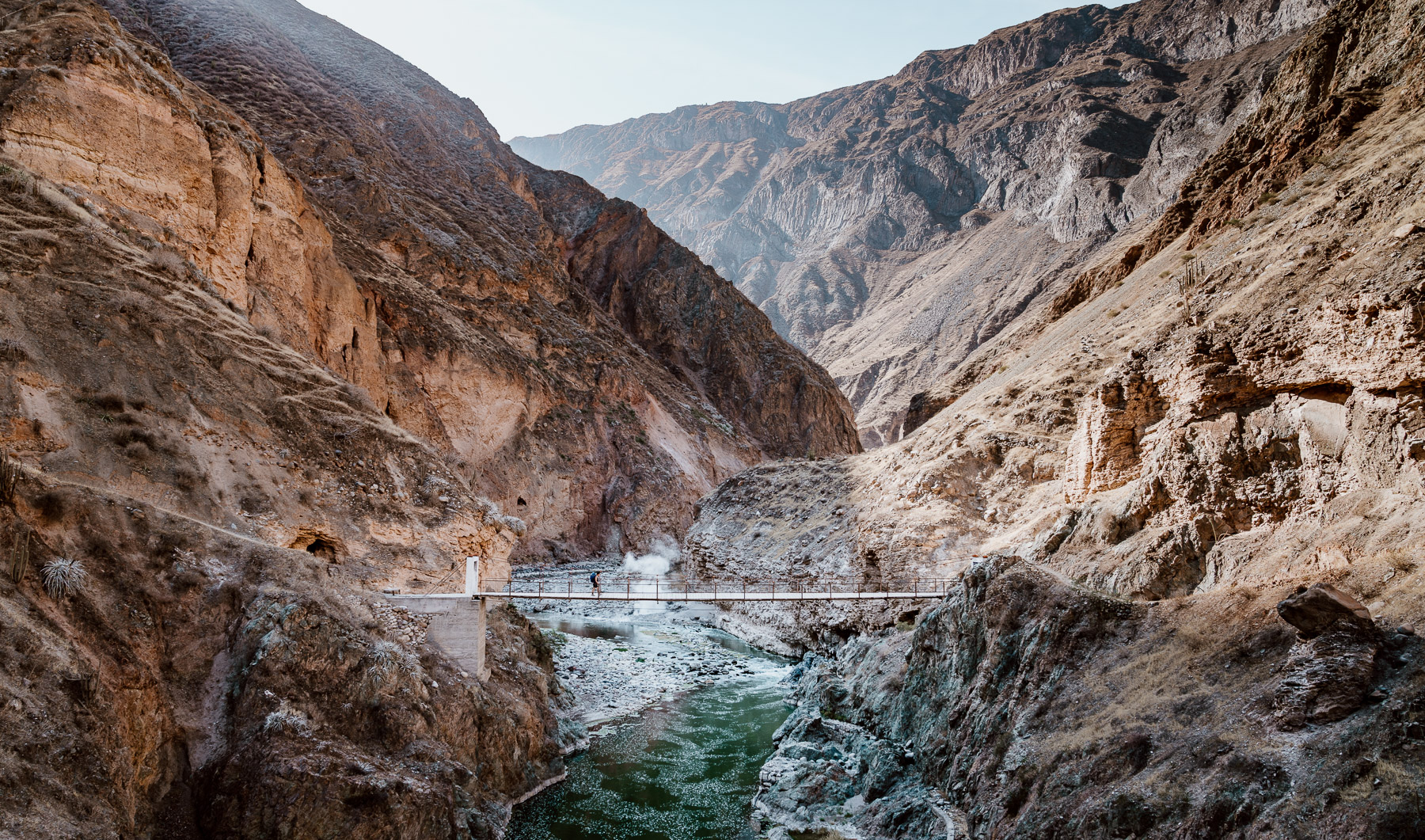Mention to anyone that you have plans to head to Peru, and discussion will quickly turn to Machu Picchu. And whilst we cannot deny that this is a fantastic site, I feel the real historical star of this oft visited country is the Nazca Lines.
You see, as it turns out, the Incan archeological sites aren't actually very old. Certainly older than most buildings one would pass on a day to day basis but given that we come from countries of castles, where friends and family still reside in houses at least 250 years old, 500 years really doesn't seem that long ago.
No, I need my history a little more dusty.
I think 2000 years should do it.
I've been fascinated by these Lines since I first heard of them many years ago. Granted, when you're a kid you don't really know how or why anything was created, but as it turns out, when it comes to this particular piece of history, neither does anybody else.
Rediscovered by a hiking Peruvian archeologist in 1927, theories of their creation have abounded ever since. From the crazy cries that the aliens did it, the rebuffed assertions that the many figures dotted throughout the desert represent constellations to the more widely, and most recently hypothesised, that they were part of ancient religious practices - more specifically, worship of mountain Gods and water sources here in the one of the driest landscapes in South America.
When one considers how arid the terrain is that stretches far around Nazca, it is not difficult to imagine how highly cherished water would have been to the people that inhabited it.
That in a time when deities were thought to control rainfall and water availability, these were Gods to be revered, praised and cajoled into quenching their subjects' thirst.
Whilst these ancient practices may no longer exist, the evidence of them remains undisturbed by the passage of time; indeed, the Lines are preserved by the same arid conditions that necessitated their creation.
The fact that these sacred lines can be viewed solely from high above makes the act of seeing them all the more special. We are hugely appreciative that Movil Air gave us the opportunity to experience them for ourselves.
Like many people, images of what can be found in the deserts of Nazca are well known to me, and the Peru Tourism Board aren't afraid to bombard you with them before you take your flight. However, the experience of being 1,500 metres over them yourself is incomparable.
As our plane takes flight, we are treated to a never ending expanse of perfect blue skies hanging over the desert below, with noses pushed up against windows we stare out at the ground.
At first it isn't clear to what our attention is being directed, but then, as if by magic a whale materialises out of the dirt; as clear to us as to the Gods for whom they were intended.
Suddenly, the plane banks hard to the right throwing the stomachs of all who are flying high into mouths that have not finished silently mouthing 'wow'. As the small plane ducks and dives over the desert landscape we attempt to capture through the lens all that is fascinating through the eye.
Birds. Spiders. A Whale. A dog. Hundreds of geometric shapes and lines. A spiral-tailed monkey.
In the days leading up to the flight, I devoured internet articles on the topic to understand a little more on the feat of creating these precise symbols and perfectly straight lines. Yet, catching sight of the 100 ft astronaut carved into a hillside and the 310 ft long hummingbird engraved into the dry dirt, it is difficult not to be amazed by humanity, by the Nazca people that created the unknown.










And whilst their true origins are likely to remain shrouded in mystery, in a world where information and knowledge is only a wi-fi connection away, I sort of love that. Up here in the skies, you can still allow yourself to dream of why these Lines came to be and nobody can disagree with you.
Our flights were provided free of charge by Movil Air so that we could experience and photography the Nazca Lines from above. As ever, all photos, opinions and spelling errors are our own. For more information on why you can trust our reviews, click here.
All photography is the property of Along Dusty Roads and must not be used, copied or manipulated without our prior permission.

























